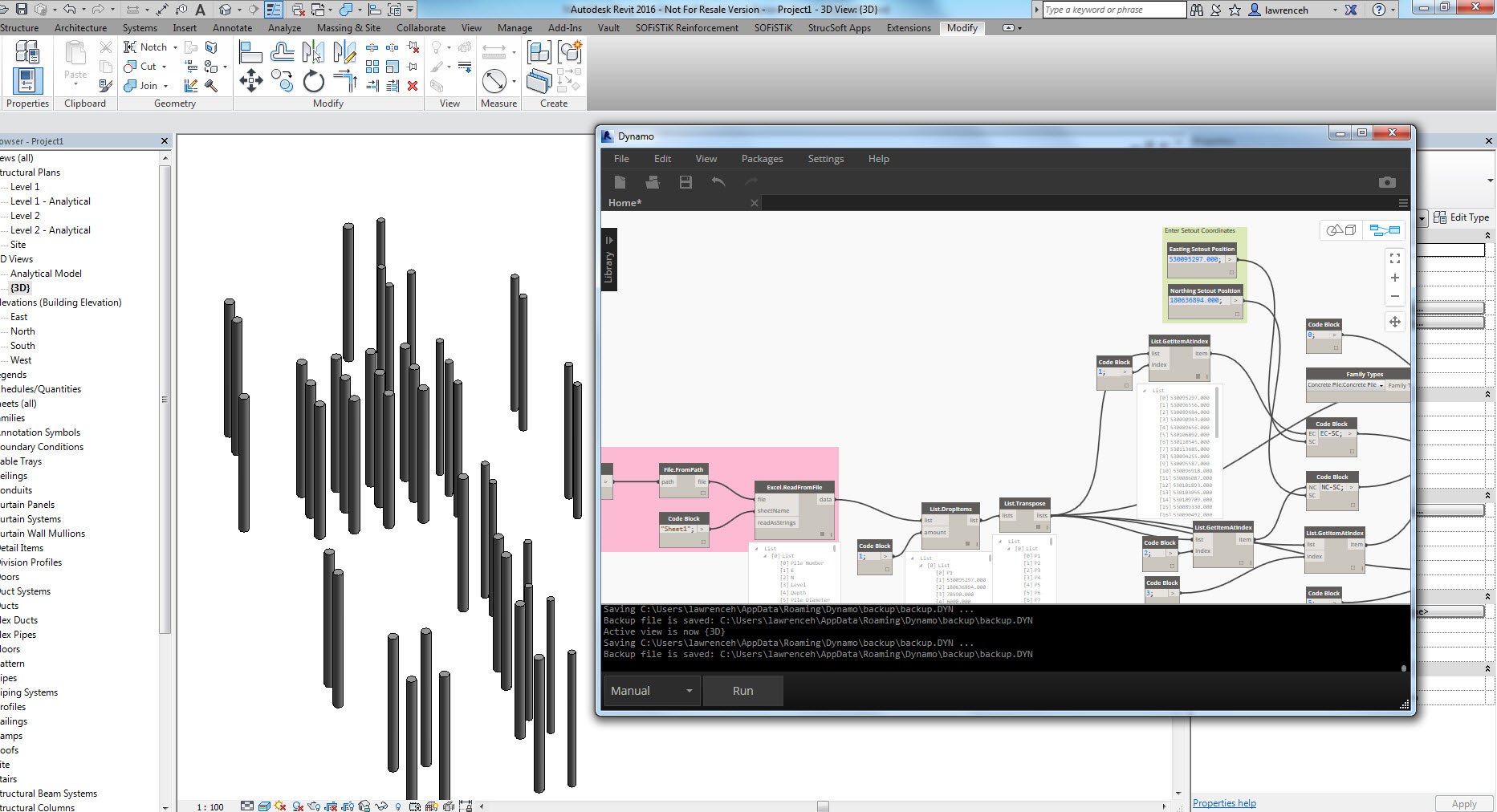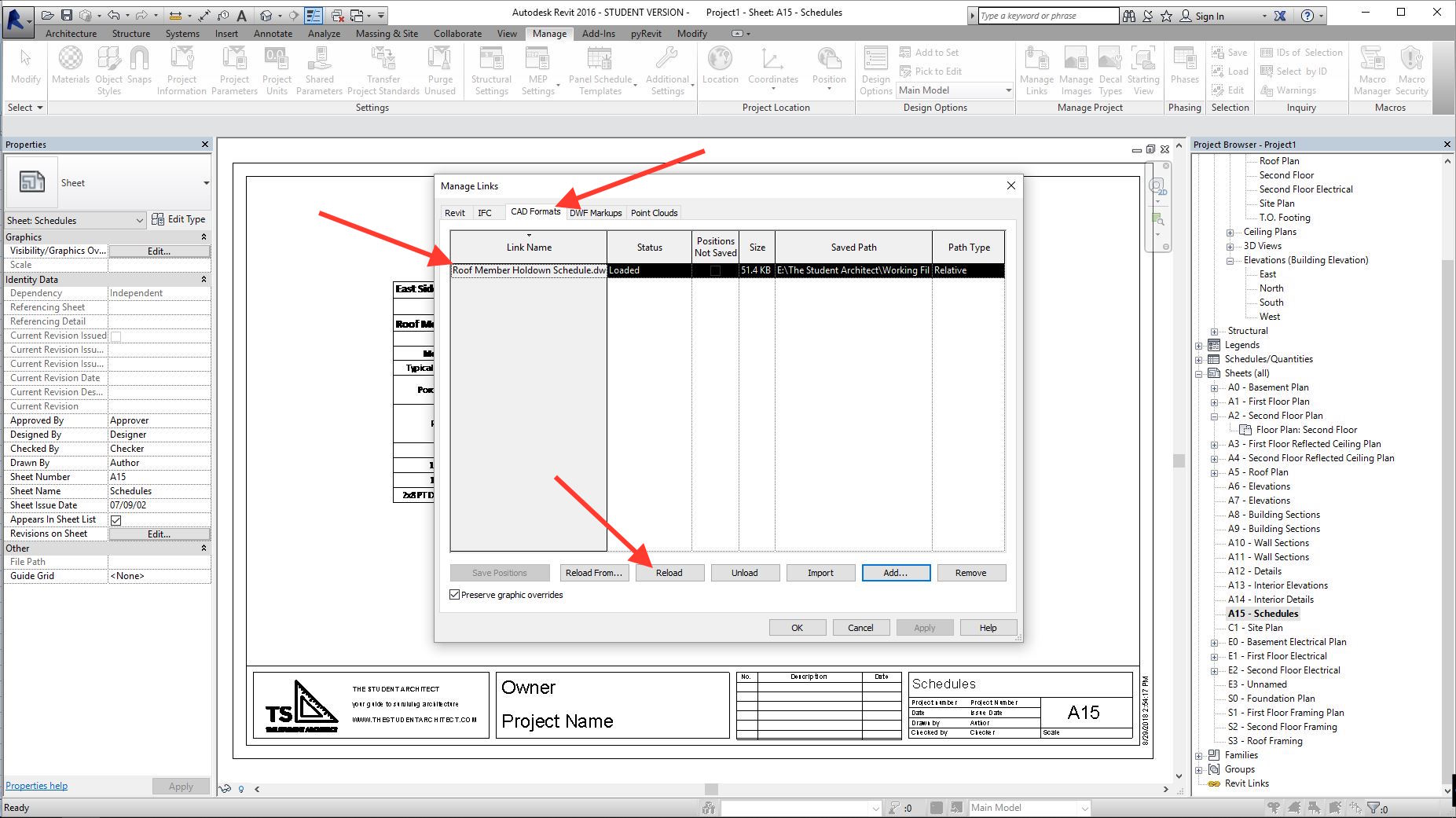Effortlessly Import Excel into Revit: Increase Your Efficiency
Wiki Article
Revit Excel Combination Demystified: Streamlining Process for Improved Task Sychronisation
Are you tired of having problem with inefficient job sychronisation and lengthy process? Look no more, since Revit Excel Assimilation is here to demystify the procedure and streamline your tasks. With this effective device, you can enhance project coordination and eliminate the inconvenience of hands-on data entrance. In this post, we will assist you through the value of Revit Excel Assimilation, show you how to improve workflows, and offer ideal methods for successful assimilation. Prepare to revolutionize your project control effortlessly.The Significance of Revit Excel Integration
You require to understand the value of Revit Excel assimilation to properly improve your operations and boost task coordination. The combination of Revit, an effective building information modeling (BIM) software, with Excel, an extensively used spreadsheet program, provides many advantages for architects, designers, and construction experts.

By incorporating Revit with Excel, you can eliminate hands-on data entry and reduce the risk of errors. This not just conserves time however likewise guarantees precision in your project documents. You can update information in Excel, and it will immediately update in Revit, maintaining uniformity throughout your job.
Additionally, Revit Excel combination enhances job coordination by enabling effective cooperation amongst employee. With data integrated between Revit and Excel, everybody can access the most updated info and work with each other flawlessly. This advertises smoother communication, reduces conflicts, and enhances general project effectiveness.
Just How to Streamline Workflows With Revit Excel Assimilation
Maximize your procedure by perfectly attaching Revit and Excel to streamline your process. By integrating these two effective tools, you can improve project coordination and boost effectiveness in your job. With Revit Excel assimilation, you can easily transfer data between both platforms, enabling seamless communication and partnership.

An additional benefit of Revit Excel integration is the capacity to produce personalized reports and evaluate information more properly. With Excel's durable attributes, you can execute sophisticated calculations, develop charts and charts, and generate extensive records based upon the data from your Revit models. This enables you to make and obtain important insights informed choices throughout the project.
Enhancing Job Sychronisation With Revit Excel Assimilation
By flawlessly linking your design software program with powerful information evaluation devices, you can significantly enhance the control of your tasks. Revit Excel integration permits you to improve your operations and enhance task sychronisation by getting rid of hand-operated information access and decreasing you can try here errors. With this assimilation, you can conveniently move information between Revit and Excel, guaranteeing that all task info is up to date and exact.One of the crucial benefits of Revit Excel integration is the ability to import and export information in between the two software application flawlessly. This indicates that you can easily import existing task information from Excel right into Revit, conserving you effort and time in returning to details. Similarly, you can export project data from Revit to Excel, permitting you to do sophisticated analysis and estimations utilizing the powerful attributes of Excel.
Moreover, Revit Excel assimilation enables you to produce vibrant web links between the 2 software (revit add ins). This means that any kind of changes made in Revit will instantly upgrade in Excel, and the other way around. This makes certain that all task stakeholders are collaborating with the most current info, improving task control and decreasing the risk of errors
Conquering Difficulties in Revit Excel Combination
When getting over obstacles in the integration of Revit and Excel, it is necessary to ensure smooth data transfer and lessen mistakes. One usual challenge is the compatibility of information layouts in between Revit and Excel. To tackle this, you can utilize plugins or add-ins that assist in the conversion of data from one style to one more. These devices help maintain the honesty of the data during the transfer process.One more challenge is the lack of synchronization between Revit and Excel. It's crucial to develop a clear operations that ensures both Home Page systems are upgraded in real-time. This can be accomplished by utilizing cloud-based collaboration tools or developing a system for routine data syncing.
Managing huge datasets can likewise be problematic. When it comes to dealing with big quantities of data, revit and Excel have different capacities. To overcome this difficulty, you can split the data right into smaller, manageable chunks or utilize information filtering system techniques to concentrate on details areas of interest.
Last but not least, human error can result in inconsistencies in between Revit and Excel data. It is necessary to train team participants on the combination process and establish quality assurance steps to catch any mistakes. Regular audits and cross-checks can help identify and remedy any disparities.
Best Practices for Effective Revit Excel Combination
To ensure successful integration of Revit and Excel, it's vital to adhere to some best techniques that will aid improve your operations and minimize mistakes. In addition, when connecting Excel information right into Revit, guarantee that the data is complimentary and tidy from any type of format concerns that might create mistakes.An additional crucial technique is to routinely update your Excel data in Revit. This can be easily accomplished by establishing a clear process for upgrading the connected information. Make it a behavior to assess and update the information at routine intervals, particularly when modifications are made to the task. This will assist maintain your information accurate and approximately date.

Final Thought
So, there you have it - revit Excel combination does not have to be a complicated task. With revit Excel combination debunked, you'll be well on your method to making best use of the potential of these tools and taking your jobs to new heights.You can export your Revit routines to Excel, make changes or updates in Excel, and then visit their website import the updated data back into Revit with just a couple of clicks. Revit Excel combination enables you to enhance your operations and enhance job control by getting rid of hand-operated information access and reducing errors. With this assimilation, you can quickly transfer data between Revit and Excel, guaranteeing that all task info is up to date and accurate.
You can export job information from Revit to Excel, enabling you to execute advanced evaluation and estimations utilizing the effective functions of Excel.
In addition, when connecting Excel information into Revit, ensure that the information is tidy and totally free from any type of formatting issues that could trigger mistakes.
Report this wiki page